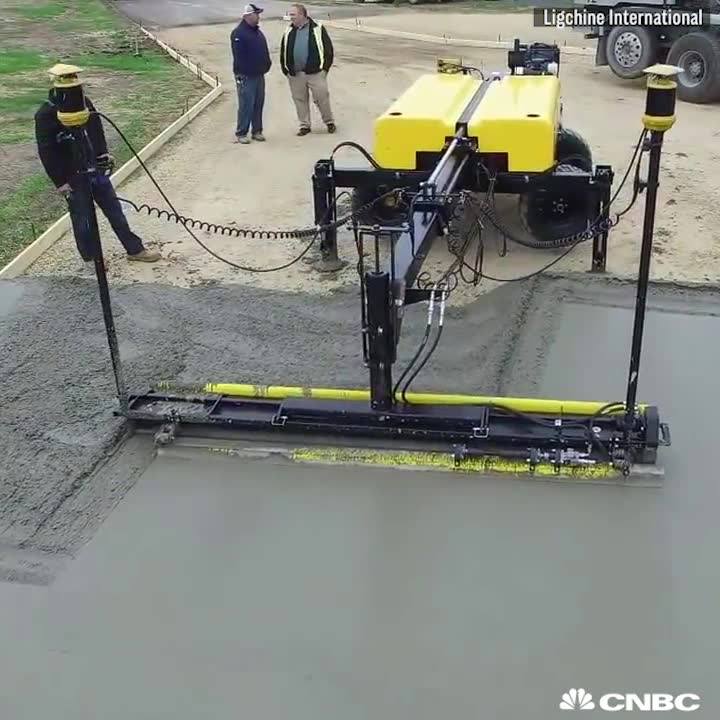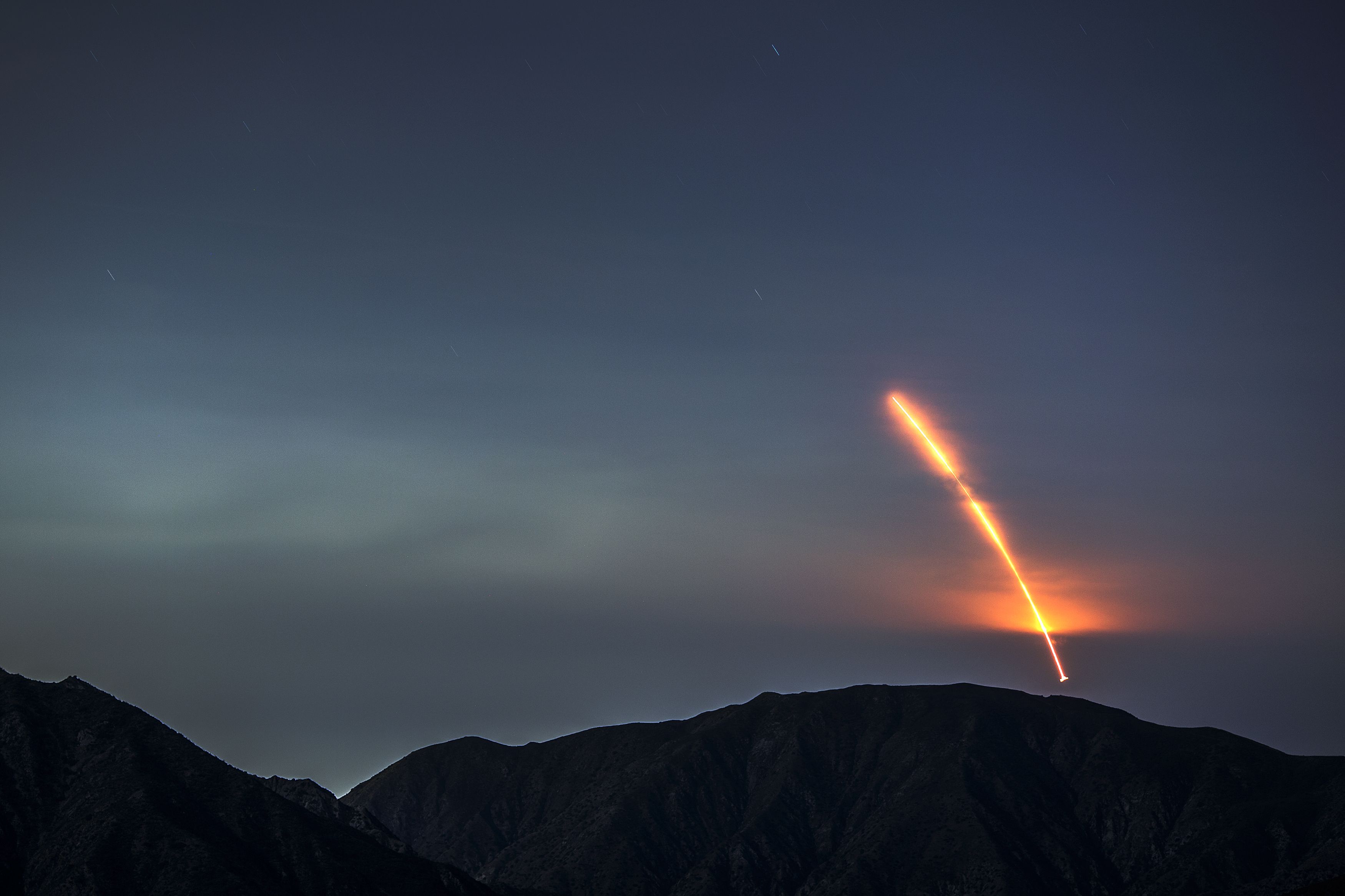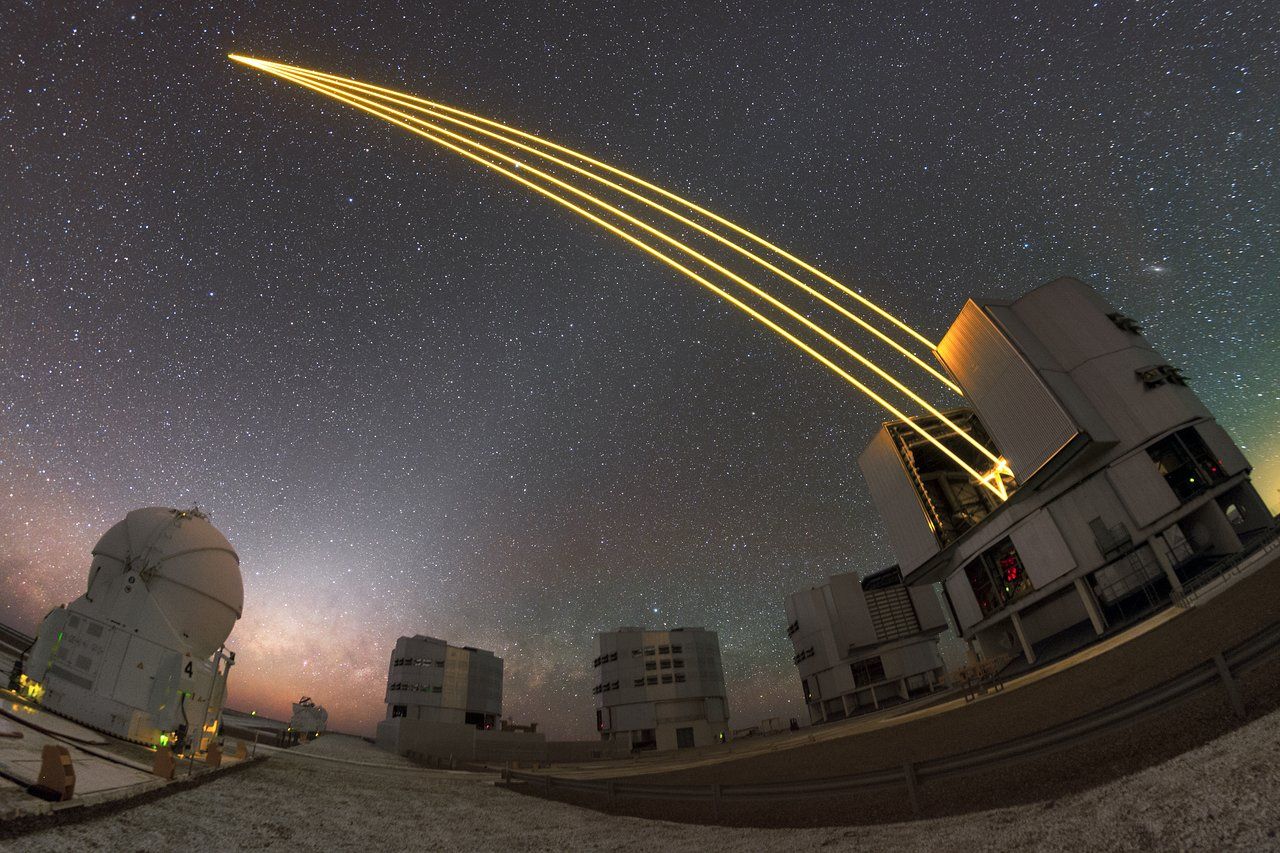#microbiome
The microbiota can influence host behaviour through the gut–brain axis. In this Opinion, Johnson and Foster explore the evolution of this relationship and propose that adaptations of competing gut microorganisms may affect behaviour as a by‑product, leading to host dependence.









